All Blogs
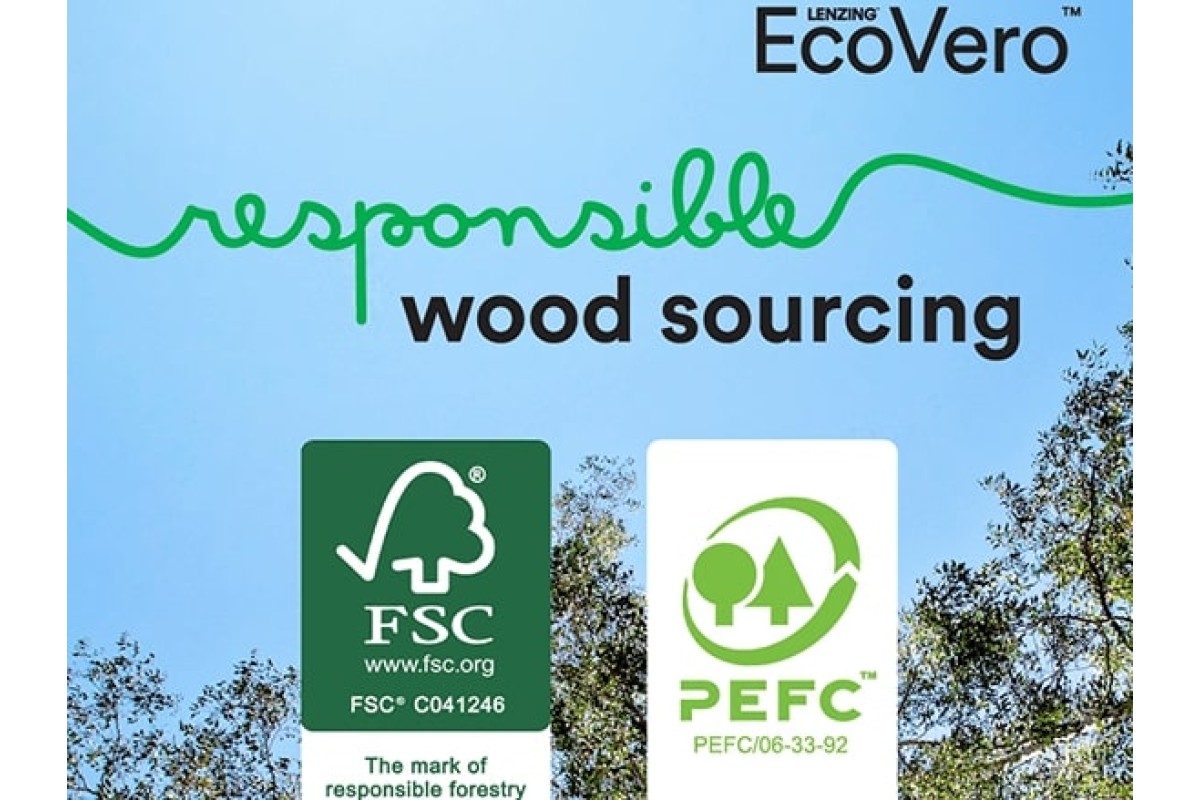
Why we chose EcoVero
7 February 2023
13 Comment
EcoVero:
EcoVero is made using sustainable wood from controlled sources which are either FSC (Forest Stewardship Council) or PEFC (Program for Endorsement of Forest Certification Schemes) certified in Europe, instead of bamboo or eucalyptus which is commonly used in normal viscose production. More than 60 percent of the trees used to produce EcoVero fibres come from Austria and Bavaria to ensure lower emissions. The cellulose fibre is produced on-site at a state of the art facility via a new, innovative environmental process which has significantly lower emissions and water impact than conventional viscose. Nearly all the chemicals used during the production of EcoVero are recovered and reused. Compared to conventional viscose production, the production of EcoVero causes 50 percent less emissions and takes up half as much energy and water in addition to its pulp bleaching being 100 percent chlorine-free. What’s more, Lenzing also offers full supply chain transparency which makes EcoVero fibers identifiable in the final product through its innovative identification technology.
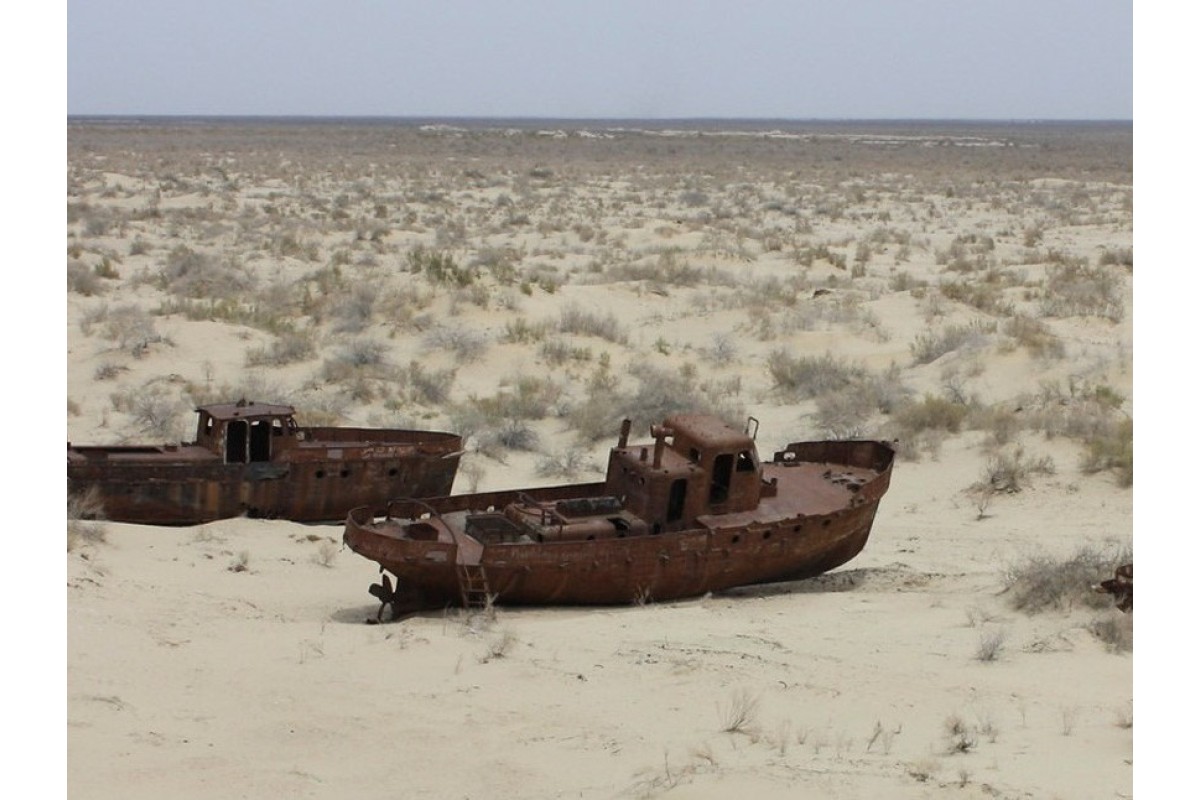
How a Sea disappeared
7 February 2023
The world's fourth largest lake in 1960, the Aral Sea has already shrunk to half its former size - a result of unsustainable cotton cultivation that began less than 40 years ago. But though the sea itself can no longer be saved, its toxic salt plains have paradoxically given rise to a new spirit in the region.
The Aral Sea is only the epicentre of the "tragedy", as Central Asians commonly refer to this legacy of environmental misuse; the damage has also consumed thousands of surrounding square kilometers. Called "the most staggering disaster of the twentieth century" by the United Nations Development Programme (UNDP), the Aral Sea basin intersects all five Central Asian republics - Kazakhstan, Kyrgyzstan, Tajikistan, Turkmenistan and Uzbekistan - which lie in a 690,000-square-kilometer landlocked zone.
The 3.5 million people who live in the region have seen their health, jobs and living conditions literally go down the drain. The once thriving fishing and canning industry has evaporated, replaced by anemia, high infant and maternal mortality, and debilitating respiratory and intestinal ailments.
Note: This article was originally published in the UN Chronicle, Issue 1, 1999.
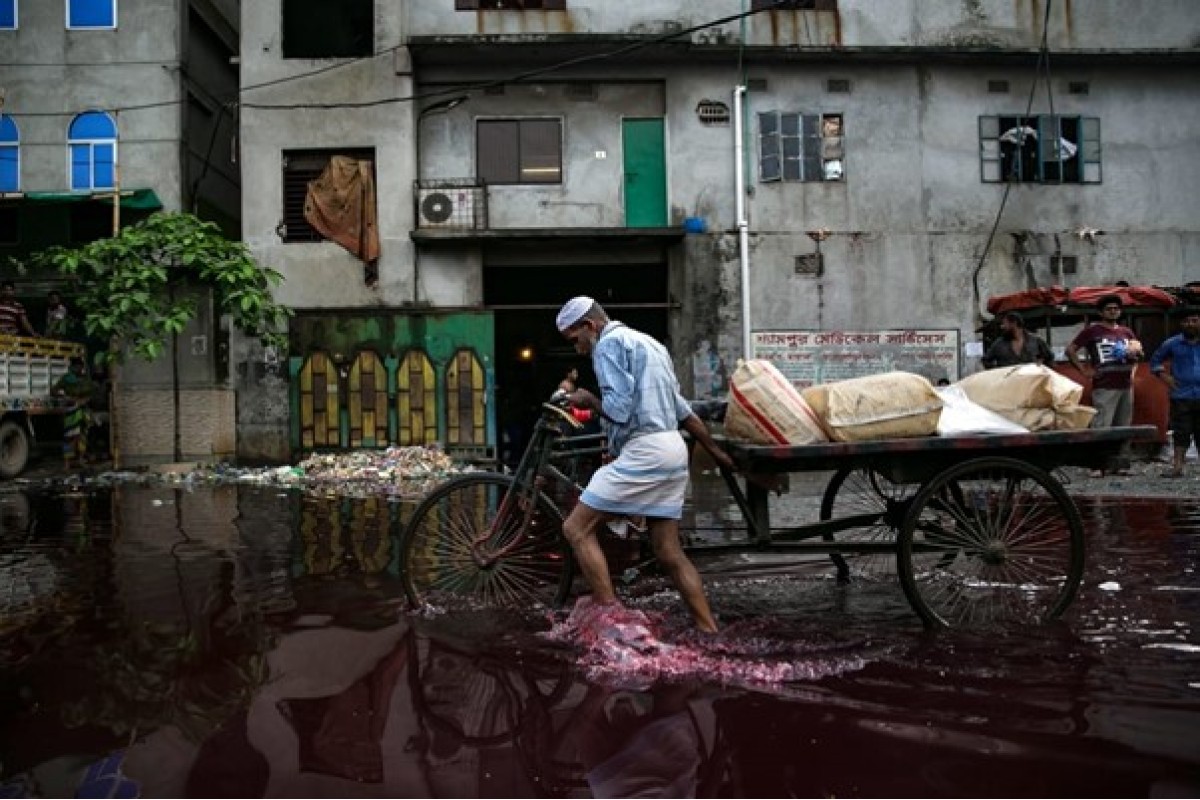
Colours of the Rainbow
7 February 2023
Striped Tiger only source garments that are dyed using low VOC chemicals, using low-water and controlled waste discharge processes, and are dyed in zero-discharge dyehouses, where all the water is recycled in a closed-loop system.
The impact of VOC (Volatile Organic Compounds) dyes in manufacturing:
Exposure to VOC vapours can cause a variety of health effects, including eye, nose, and throat irritation; headaches and loss of coordination; nausea; and damage to the liver, kidneys, or central nervous system. Some VOCs are suspected or proven carcinogens. Dyeing and finishing are responsible for 3 per cent of global CO2 emissions (predicted to increase to more than 10 per cent by 2050). That is more than the CO2 produced by shipping and aviation combined. It also causes over 20 per cent of global water pollution. (Euronews.com)
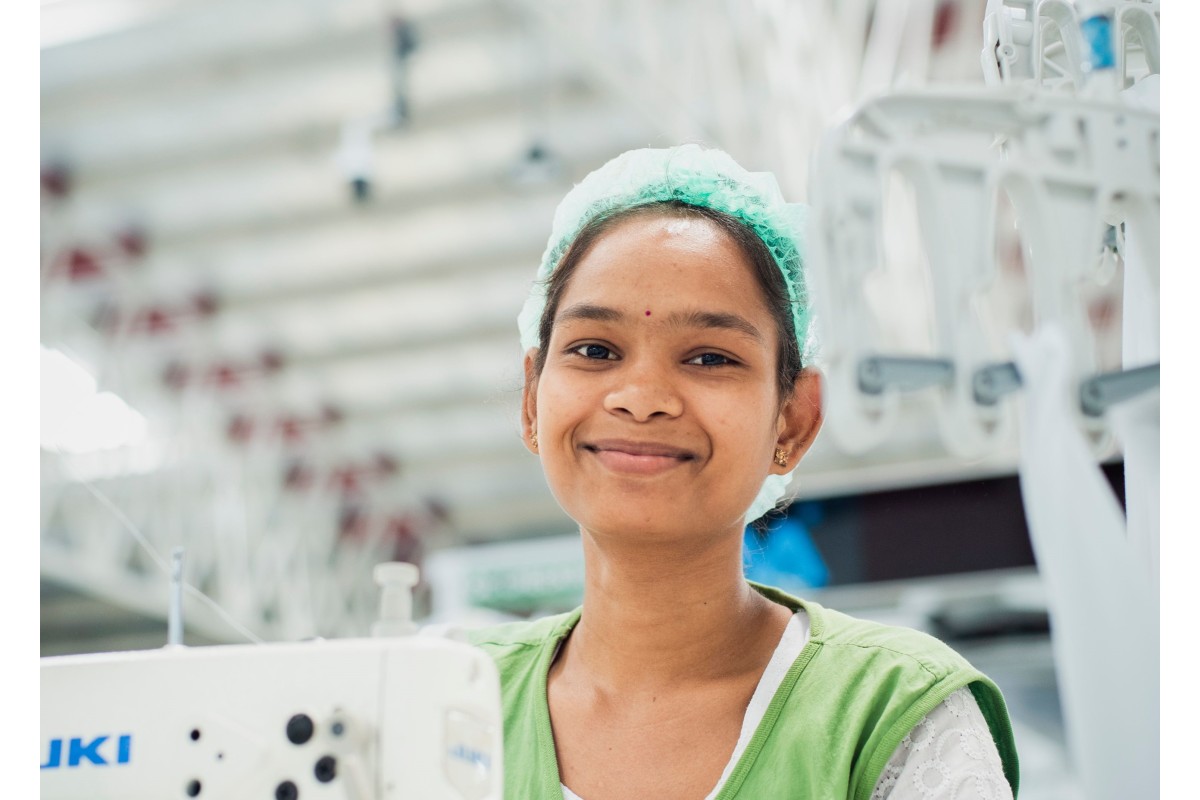
Who made my clothes?
4 January 2023
"There is no beauty in the finest cloth if it makes hunger and unhappiness"
Mahatma Gandhi.
Our Company will not source from any manufacturer that does enforce the following operational practises:
No use of child labour
No use of forced labour
Safe and healthy working conditions
Legal labour contracts
Payment of living wage
Freedom of association and the right to collective bargaining
No discrimination against employees
No excessive hours of work
All the Company’s suppliers are regularly audited for social compliance and are running active monitoring programmes in accordance with standards advocated by the International Labour Organisation, the Ethical Trading Initiative and other international bodies.
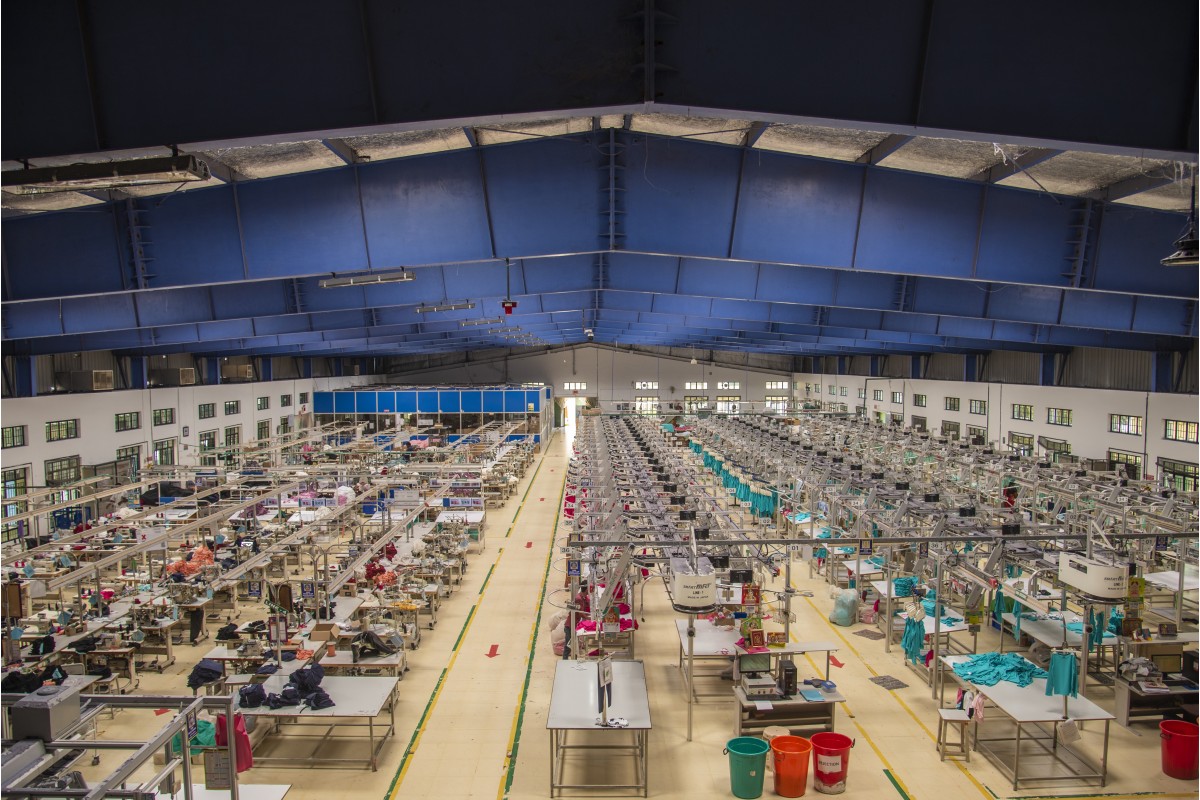
Let's do this together
20 October 2021
Talk to us, ask the questions you need to ask, fabrics, production, dying processes, we will always operate a fully transparent customer dialogue.
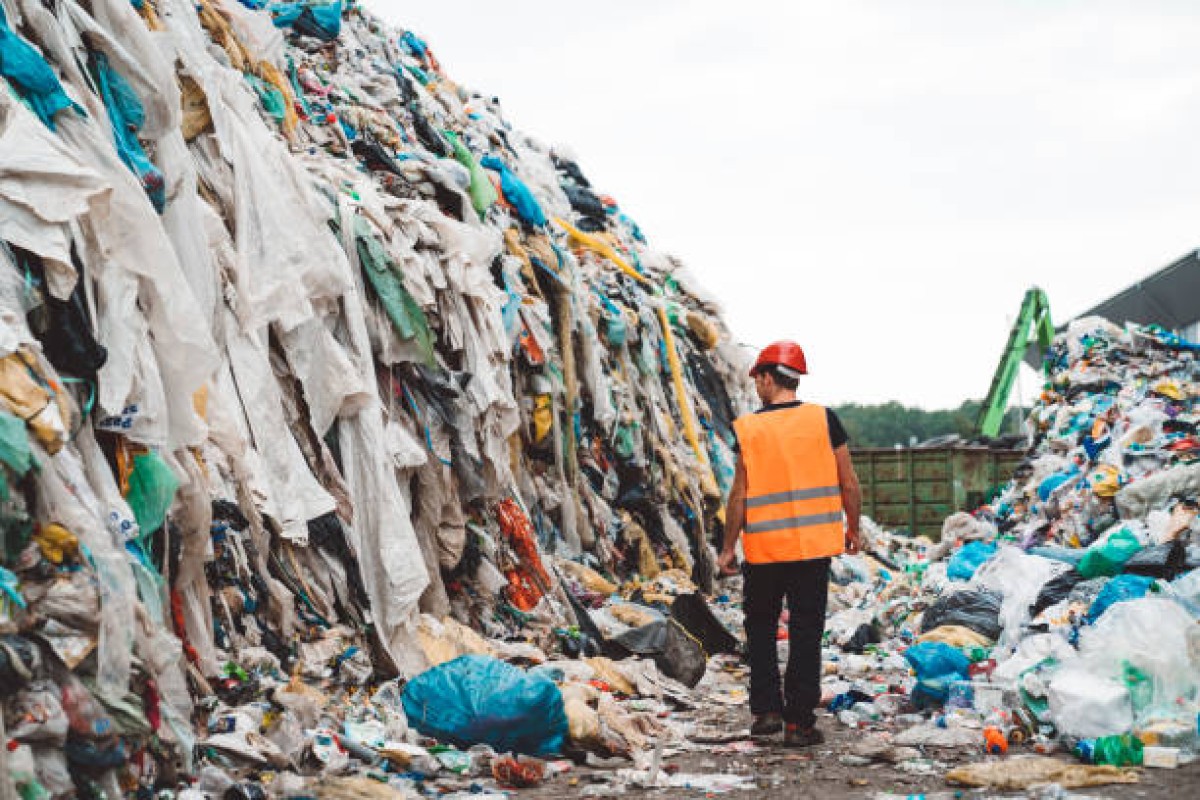
Time to look to a brighter future
20 October 2021
We can change tomorrow, by changing our habits today. We actively encourage people to reuse and recycle, irrespective of whether that impacts our sales. Our children’s futures are paramount and we want to be part of a cultural change. To get away from the fast fashion mentality to a long life garment, built to be wore for many years to come.
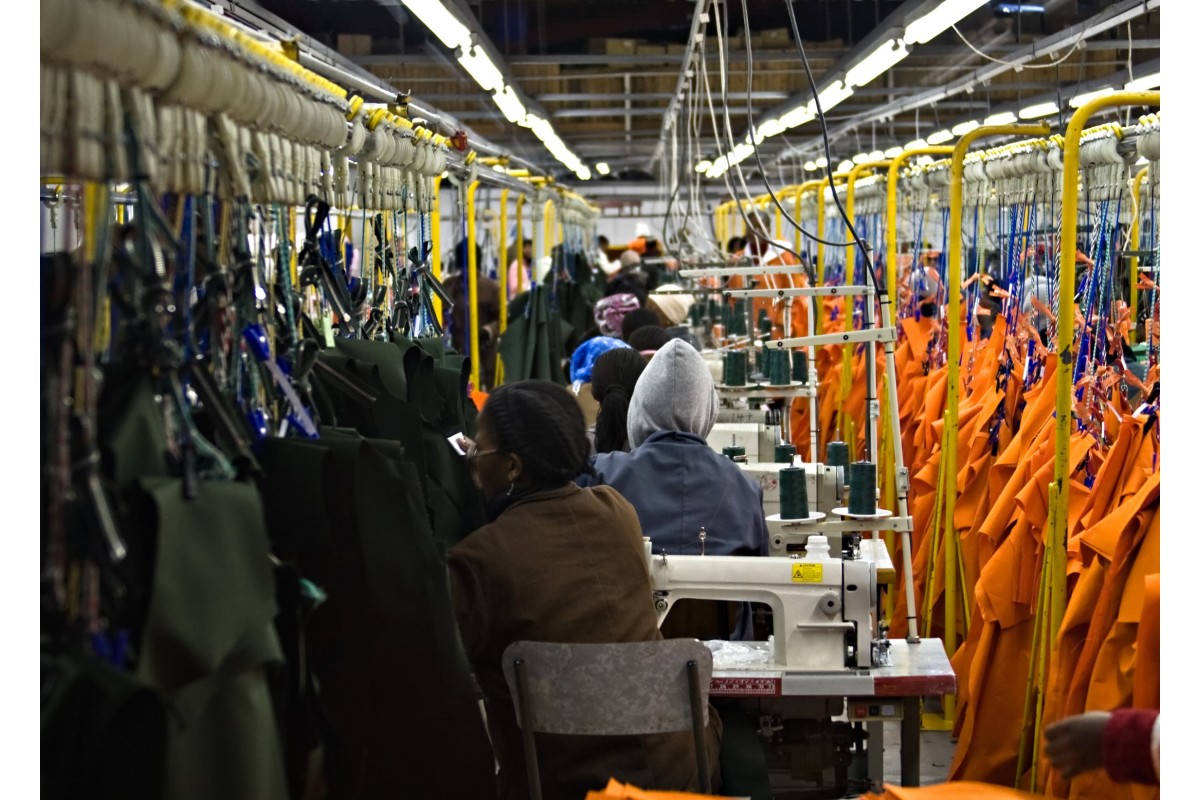
We are all to blame.......
20 October 2021
Between 80 and 100 billion new clothing garments are produced globally every year. 87% of the materials and fibres used to make clothing will end up in either incinerators or landfills.
But who is responsible for this?
Well the simple answer is us….we fuel the need for the over production that pollutes the air, oceans and land.
Many of the worst Companies active in the exploitation of people and their environment are now offering an Eco-friendly version of there garments. but ask yourself if this is a good option? This is the very same company responsible for the issues we face, so please make sure that your supplier is 100% committed to Environmental, Ethical and Sustainable practises.
We actively encourage everyone to start asking…”where do my clothes come from, after all, would you buy vegetarian sausages from a butchers shop?
